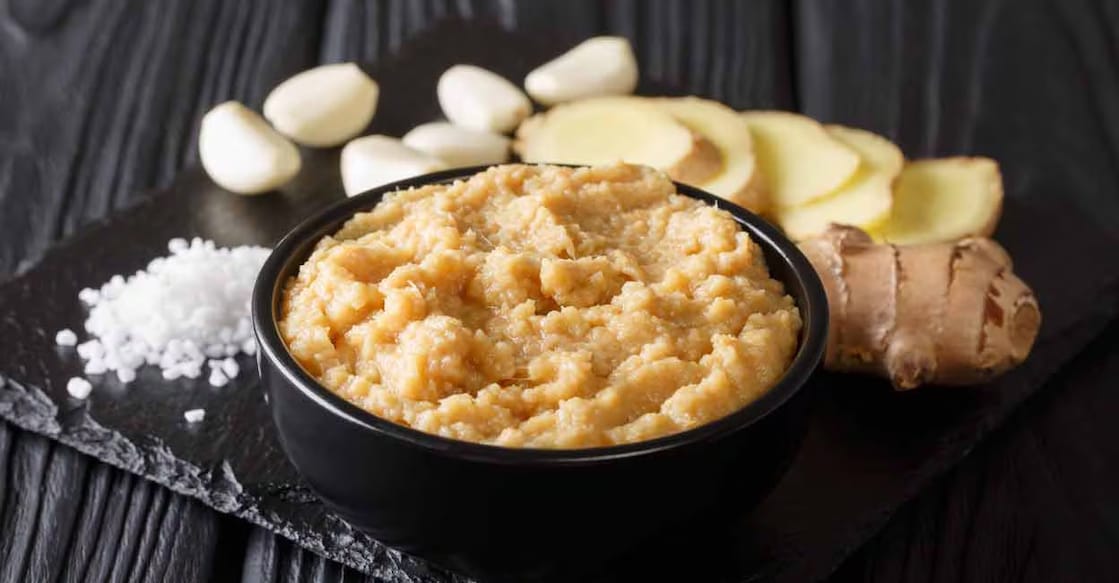Unsafe to eat? The dark side of store-bought ginger-garlic paste

Mail This Article
Ginger-garlic paste is a cooking shortcut found in most Indian kitchens. It saves time, adds instant flavour, and seems harmless. But recent raids in Hyderabad revealed a disturbing truth—illegal manufacturing units were producing paste using spoiled ingredients and harmful chemicals.
Over 870 kilograms of such adulterated paste was seized. The ingredients included substances that are not only unsafe but potentially dangerous to human health. Here's what you need to know before picking up that next jar from the store.
Common adulterants found in store-bought paste
- Titanium dioxide
Used to give the paste a bright white appearance. This chemical is commonly found in paint and plastic. Studies suggest it can damage DNA, disrupt gut bacteria, and harm intestinal lining. - Citric acid or mono citrate
Added for aroma and preservation, but may cause digestive discomfort. - Synthetic food colours
Used to make the paste look fresher. These are artificial additives that may pose health risks. - Xanthan gum
Used to thicken the paste. Often found in processed foods. - Low-grade or spoiled ingredients
Some pastes use rotten ginger and garlic, and mix in starches like rice flour or lentil powder, chalk powder, excess salt, or oil to bulk up the product.
How to identify adulterated paste
- Colour
Natural paste has a light beige or pale yellow colour. A very white or glossy appearance may indicate added chemicals. Unusual shades like grey or green suggest spoilage. - Smell
Fresh paste has a strong, natural aroma of ginger and garlic. A sour or chemical smell can signal the use of preservatives or contamination. - Texture
- Paste should be smooth and uniform. If it's too thick, watery, or separates over time, it may be adulterated.

What to check before buying
- Read the ingredient list. Ginger and garlic should be the primary components.
- Avoid products with artificial colours or chemical preservatives.
- Look for FSSAI license details, manufacturing date, batch number, and proper branding.
The safer option: Make it at home
You can easily prepare ginger-garlic paste in your kitchen using fresh ingredients.
Ingredients
200 gm ginger
300 gm garlic
2 to 3 tbsp sunflower oil
Salt to taste
Optional: ¼ tsp turmeric powder, 1 to 2 tbsp vinegar
Preparation
Peel, wash, and dry the ginger and garlic completely. Blend together with the oil (and optional ingredients) into a smooth paste. Store in a clean, airtight glass container. Keep in the fridge for up to a month or in the freezer for six months or longer.

